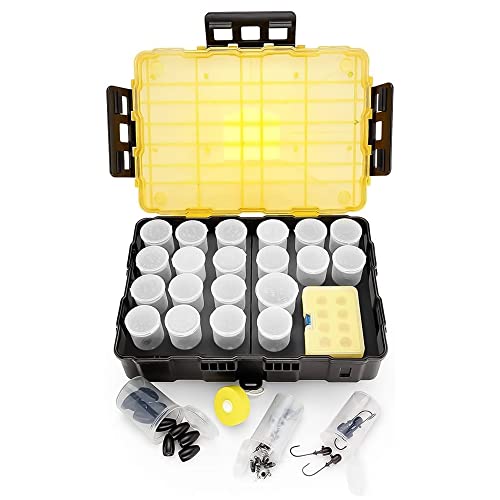wmk0002 said:
Can someone tell me how the transoms are designed in the modern all welded boats like Weldbilt, Alweld, Xpress, etc? Are they solid plate aluminum or what?
I'm just trying to learn more about tin boats in general. I'm hoping to buy a new one in the next year so I figured transom design may be something that sets one manufacturer apart from another.
Weldbilt - plywood, very poorly fastened to the rest of the transom.
G3 - plywood, well fastened to the rest of the transom.
Xpress - varies, but I've seen a handful with aluminum rect. tube or channel welded to the transom skin.
SeaArk - formed sheet shapes, welded to the transom skin.
Nothing in that class (production all welded boats similar to the ones you've mentioned), will have thick plate transoms - the same stiffness can be created with less expensive and lighter material by using aluminum structural shapes (channel, tube, formed sheet, etc).
All of the boats with aluminum transoms will be welded to the transom skin. In something like a G3, there is a combination of bolts and pockets to hold the wood. For example, at the bottom of the wood core, G3 usually welds a Z shaped piece to the transom, which the wood slips down into. Then, they bolt through the knee braces, and through the side boxes, to really pull everything together.
Weldbilt just slips the piece of wood into place, and then doesn't finish the job. Without fail, it gradually starts to pull away from the transom skin, and eventually breaks the knee brace - I've repaired bunches of those by simply adding a row of bolts across the bottom of the wood.
The principle behind transom design on mod vee jons is the engine is leveraging back on the top of the transom, and pushing in on the bottom. As such the top of transom needs to be stiff all the way across, as it carries the load from the center of the transom to the corner braces and sides of the boat.
Ideally, the bottom would be stiffened all the way across as well, though some companies (not many) rely solely on the knee braces to counter this force. The stiff bottom of the transom carries the forward pushing load to the entire bottom skin of the boat, and to a lesser degree, the sides of the boat.
As the top of the transom is being pulled away from the boat, the structural material really only needs to be well attached to the corners of the boat - the force is pulling it into the back of the corner braces.
The bottom, however, is being pushed in the middle, so it needs to be well attached across the bottom of the boat, as the force is pushing the structure away from where it belongs, not into place. This is where the Weldbilts fail - the wood pushes away from the skin. The G3s have the Z shape piece, and a few boats holding it in place. The metal transom guys will have the lower support stitch welded all the way across the width of the boat.
Many companies put an inner skin on the transom, for aesthetics. SeaArk and Xtreme are two that I remember off the top of my head as leaving the transom structure exposed. They are also good examples of generally good transom design, so they might be good to look at for educational purposes.
Hope this rambling helps a little.




















































